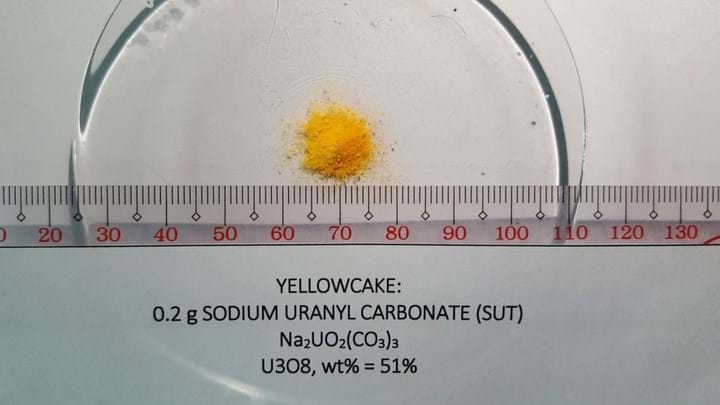High temperature nuclear reactors could make uranium extraction energy neutral

THE International Atomic Energy Agency (IAEA) has published a report discussing how to make uranium production energy neutral by using high temperature nuclear powered reactors for unconventional uranium extraction.
Primary ores such as phosphate, copper, and rare earths, can contain quantities of uranium or thorium. If uranium is extracted as a by-product when processing these ores and then used for fuel, it is possible for the uranium production to be energy neutral. Thorium also has the potential to be used in future energy production.
Assessing methods for extracting unconventional ores which could be used for fuel production is important because the mineral extraction accounts for 8–10% of the world’s total energy consumption. The IAEA team, consisting of people from 17 institutes across 16 member states, studied a variety of ores to determine the uranium and thorium content and discussed different extraction processes in their first report.
Frederik Reitsma, leader of the IAEA’s gas cooled reactor technology development activities, said: “An elegant solution to consider for the future is to use heat and electricity from a small and modular high temperature reactor, built near the mineral processing plant, to process the raw material and have enough uranium by-product to be energy neutral.”
They used models to evaluate the feasibility of using high-temperature gas cooled reactors (HTGRs) to power different mineral processing applications. HTGRs have been in operation since the 1960s as research and prototype reactors. A demonstration plant is currently under construction in China and should begin producing electricity later this year.
“The extraction of uranium during mineral processing has the potential to greatly improve the quality of the final product and the environmental footprint of the mine tailings,” said Nahhar Al Khaledi from the Radiation Protection Department in Kuwait.
A final comprehensive technical document is due to be published next year.
Sustainability http://doi.org/gc4fpg
Recent Editions
Catch up on the latest news, views and jobs from The Chemical Engineer. Below are the four latest issues. View a wider selection of the archive from within the Magazine section of this site.




